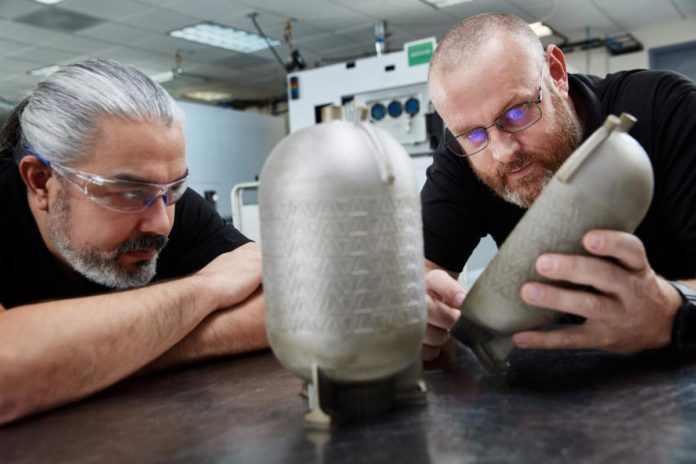
VELO3D’s metal 3D Printing technology is gaining popularity with demanding industries. The manufacturer of Sapphire® has provided Chromalloy with its metal additive manufacturing (AM) solution to address the needs of Maintenance, Repair & Operations (MRO) projects in aviation and energy markets.
Chromalloy is a manufacturing and repair solutions provider for gas turbine engine manufacturers and operators worldwide. Like many manufacturers, it aims to decrease the high costs of low-volume, direct-part replacement for conventionally produced parts when demand and long-term forecasting are uncertain.
As a reminder, the standard package provided by the manufacturer includes in addition to the machine, the company’s automated Flow™ pre-print software, Assure™ quality assurance and control system.
To ensure a smooth experience for the team at Chromalloy, the machine will be qualified for the production of nickel-based superalloys, including Hastelloy®X, acknowledged for its strength and durability characteristics in high temperature environments.
According to Chromalloy’s Jim Whitton, Director, Innovation Strategy, “For Chromalloy, 3D printed parts must provide inherent value because they are 3D printed. Otherwise, the printing itself is just a novelty. VELO3D’s unique build capability and material density create high value by reducing post-processing requirements.”
In the aerospace and defense industries on the other hand, the Sapphire® solution has convinced Primus Aerospace—a contract manufacturing partner to aerospace, defense & space OEMs.
The top-tier supplier for OEMs is interested in the machine’s capabilities to produce Titanium parts (Ti6Al4V) for applications including cube satellites, hypersonics and turbine engines.
VELO3D is renowned for enabling geometric freedom through its patented SupportFree process. The capability to produce practically unlimited geometries eliminates the need to redesign legacy parts in order to produce them with AM. This tremendously reduces the barrier of transitioning legacy parts, produced historically by casting, welding or brazing, to additive manufacturing.
Remember, you can post job opportunities in the AM Industry on 3D ADEPT Media free of charge or look for a job via our job board. Make sure to follow us on our social networks and subscribe to our weekly newsletter : Facebook, Twitter, LinkedIn & Instagram ! If you want to be featured in the next issue of our digital magazine or if you hear a story that needs to be heard, make sure to send it to contact@3dadept.com





